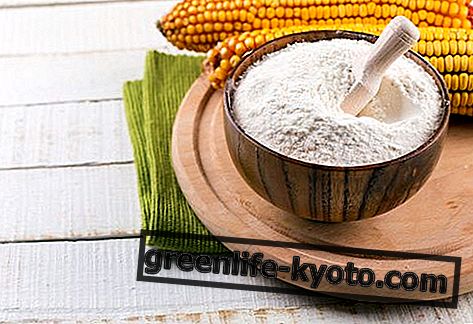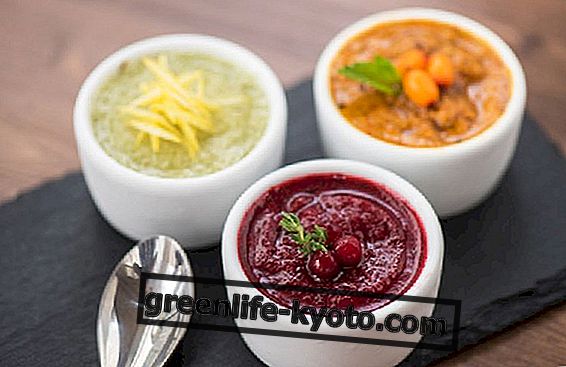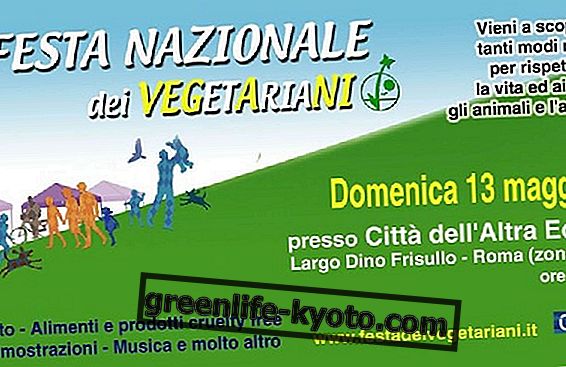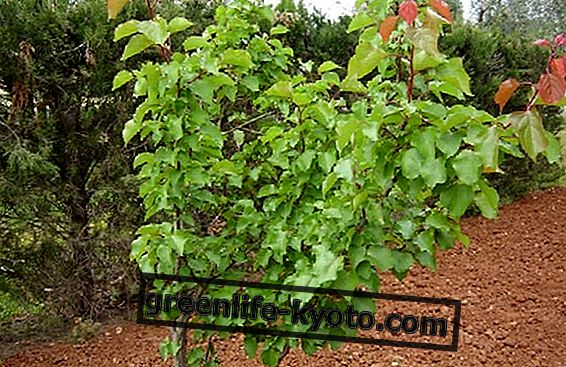Melon is a fruit found on tables almost all year round. Poor in calories, rich in minerals and with a high satiating power, it is a valuable ally for those on a diet. Let's find out better.
>
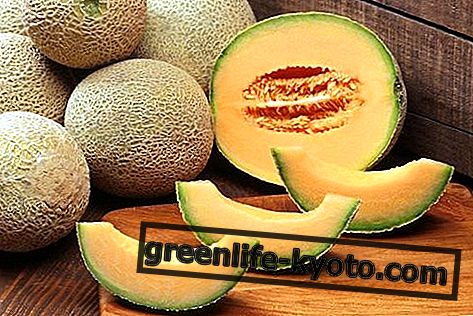
Description of the plant
Cucumis melo, belongs to the Cucurbitaceae family. Small or large, with yellow or netted skin, with whitish or orange-colored pulp, the melon is always a very sweet and fresh fruit, provided, however, that it is harvested when it is properly ripe. There are summer and winter varieties; the melon is therefore a fruit that, although with the necessary differences, is found for most of the year.
Properties and benefits of melon
Thanks to its properties, the melon is a refreshing, diuretic, refreshing fruit . It also has a laxative power. It is mainly composed of water (about 90%); as regards minerals and vitamins it contains mainly potassium, phosphorus, calcium, vitamin C and vitamin B3 . It also contains niacin, an antioxidant substance.
The presence of phosphorus and calcium makes the melon an excellent ally of the bones, while the beta-carotene helps the body to produce melanin; melon is therefore also a valid ally of sunbathing.
The melon is low in calories but, at the same time, however, being rich in fiber, it has a high satiating power, characteristics that make it a perfect snack even in low-calorie diets .
Calories and nutritional values of melon
100 g of melon contain 33 kcal / 137 kj
- Furthermore, for 100 g of product we have:
- Water 90.10g
- Carbohydrates 7.40g
- Soluble sugars 7.40g
- Protein 0.80g
- Fat 0, 20g
- Fiber 0.70g
- Sodium 8mg
- Potassium 333mg
- Iron 0.30mg
- Calcium 19mg
- Phosphorus 13mg
- Vitamin B1 0.05mg
- Vitamin B2 0.04mg
- Vitamin B3 0.60mg
- Vitamin A 189µg
- Vitamin C 32mg
Melon, ally of
Skin, bones, nervous system.
Melons among the forgotten fruits

Curiosity about the melon
- If you keep the melon in the fridge, the temperature must never be below 5 degrees, otherwise when you bring it to the table you risk becoming limp.
- With melon seeds, infusions are prepared that have emollient and sedative properties for coughs .
- In ancient times the melon was considered a symbol of prosperity and fertility.
- Very good to eat, very good on the skin : the melon is also used as an ingredient for natural face masks .
A recipe up your sleeve
Have you ever thought about preparing melon popsicles ? Here is the recipe. Prepare a syrup with water and whole sugar cane (400 ml of water per 100 ml of sugar) and allow to cool. Blend half a kilo of very ripe melon together with some fresh mint leaves.
Pour the syrup into the melon pulp, mix well and place in the molds. If you use molds without a stick, after about ten minutes the popsicles are in the freezer, add wooden sticks or even licorice sticks.
